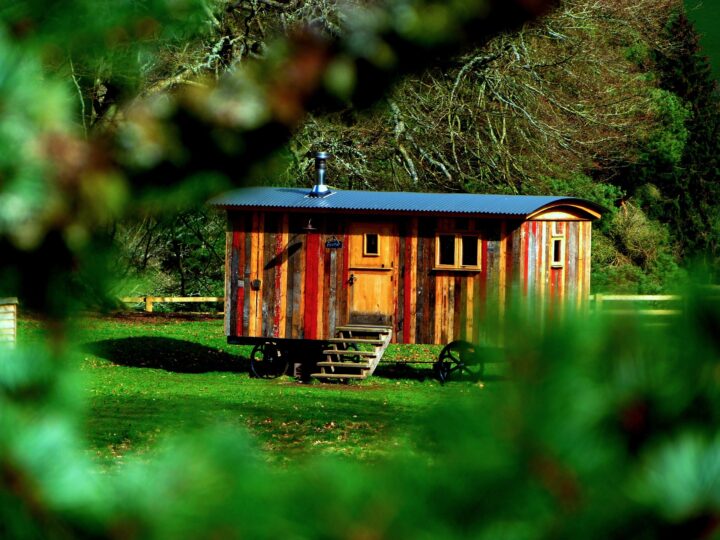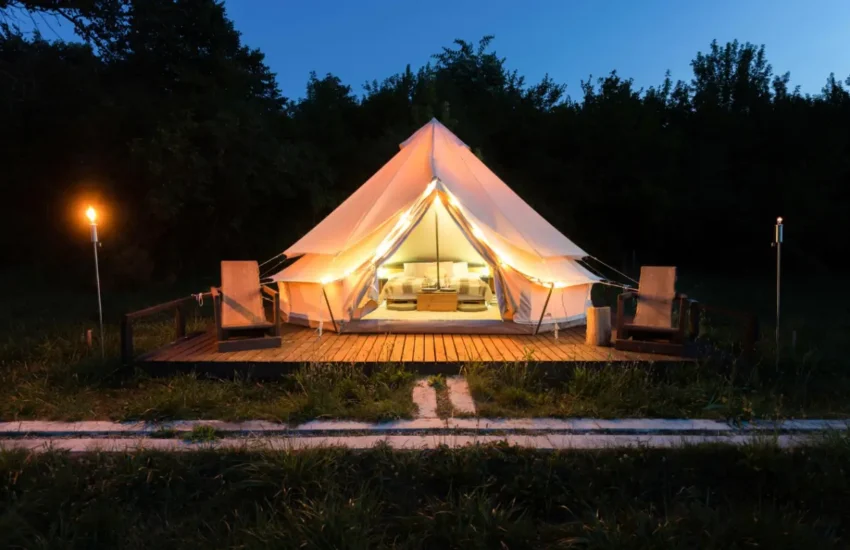6 Alternatives To Traditional Houses You Should Know About
There are many different types of homes out there, and if you’re looking for something a little different, you may want to consider some alternatives to traditional houses. From yurts to Earthships, there are plenty of unique options. This blog post explores six of the most exciting alternatives to conventional homes. Read on to learn more.

Metal Building
People living in metal buildings benefit from knowing their homes are built to last. Steel-framed construction is not only incredibly durable but also energy-efficient and cost-effective when building with https://steelbuildingskit.com/ and similar providers. Unlike traditional homes, which must conform to a certain aesthetic, metal buildings can be constructed into any shape you desire — from curved walls to modern design elements.
These multi-purpose structures can cater to any lifestyle, including studios, workshops, and offices. The key to living in a metal building is ensuring it’s adequately insulated and weatherproofed. This means installing thermal-efficient windows, proper ventilation, and researching steel framing regulations.
Earthships
Earthships are built from earth-based materials that use renewable energy sources such as solar and wind power. They are a unique, self-sufficient home with an internal water supply, greywater recycling system, and compost toilets. The walls are made from either adobe, cob, or earthbags — natural and sustainable materials.
Adobe and cob are made from clay or sand, while earthbags involve filling biodegradable bags with soil. Earthships offer an eco-friendly alternative to traditional housing and the added benefit of being relatively inexpensive to construct. Earthship design also considers the local climate and environment to maximize efficiency. Several different styles and sizes are available, so you can find something that caters to your individual needs.
Yurts
Yurts offer a unique living experience that blends modern amenities with the rustic charm of a traditional Mongolian home. Yurts can be made from various materials, including wood, canvas, and vinyl. They typically have a wooden frame and are round in shape — making them highly efficient regarding heating and cooling costs. Furthermore, they have features such as built-in furniture, windows, skylights, and even fireplaces.
Built-in furniture and appliances make yurts an excellent option for those who want to downsize without sacrificing comfort. Yurts are popular options for camping and glamping trips, but they can also be used as permanent homes. Those who transform yurts into permanent living spaces often take advantage of the low cost and make them their own with unique decor and style.
Container home
Container homes are an increasingly popular alternative to traditional housing, thanks to their portability and cost-effectiveness. They are constructed from recycled cargo containers, making them a great eco-friendly choice. Or they can also be built with a focus on affordability, quality, and sustainable living, we strive to make exceptional homes that are within everyone’s reach. Yes, it’s possible with the help of BoxdLiving.
The essential components of a container home include insulated walls, windows, and doors — meaning they can be outfitted to suit any lifestyle. Insulated walls keep the interior warm in the winter and cool in the summer, while energy-efficient appliances help reduce energy costs.
Furthermore, container homes can be stacked to create multi-level dwellings — perfect for anyone who wants to maximize their living space without breaking the bank. They are also extremely spacious and versatile. One container can easily be converted into multiple rooms for added comfort and convenience.
Tiny homes
Tiny homes are becoming increasingly popular due to their affordability and convenience. These pint-sized dwellings range from 50 to 400 square feet in size and can be placed just about anywhere — from urban areas to nature reserves. Some tiny homes are even built on trailers for extra mobility.
Tiny homes offer a unique living experience and many advantages, such as low maintenance costs and energy efficiency. They can also be customized to suit any budget or lifestyle. On average, you only need about $15,000 to build a tiny home. Use materials such as insulated siding, energy-efficient windows, and LED lighting to ensure energy efficiency.
Prefabricated homes
Prefabricated homes are constructed in a factory and then delivered to the site of choice for assembly. This process is much faster and cheaper than traditional construction, making it an attractive option for budget-minded buyers. Prefab homes are also customizable, meaning you can choose from various materials, designs, and features.
Furthermore, they are built to be incredibly energy-efficient and durable. With proper maintenance, prefabricated homes can last for generations. Perhaps the biggest drawback is that you need a flat surface to assemble the house, so they are not suitable for all locations.
No matter what kind of alternative housing you choose, it’s essential to do your research before committing. Consider the climate where your home will be built, any legal requirements that may apply, and most importantly — your budget. With some planning and creativity, you can find an alternative living solution that works for you.


